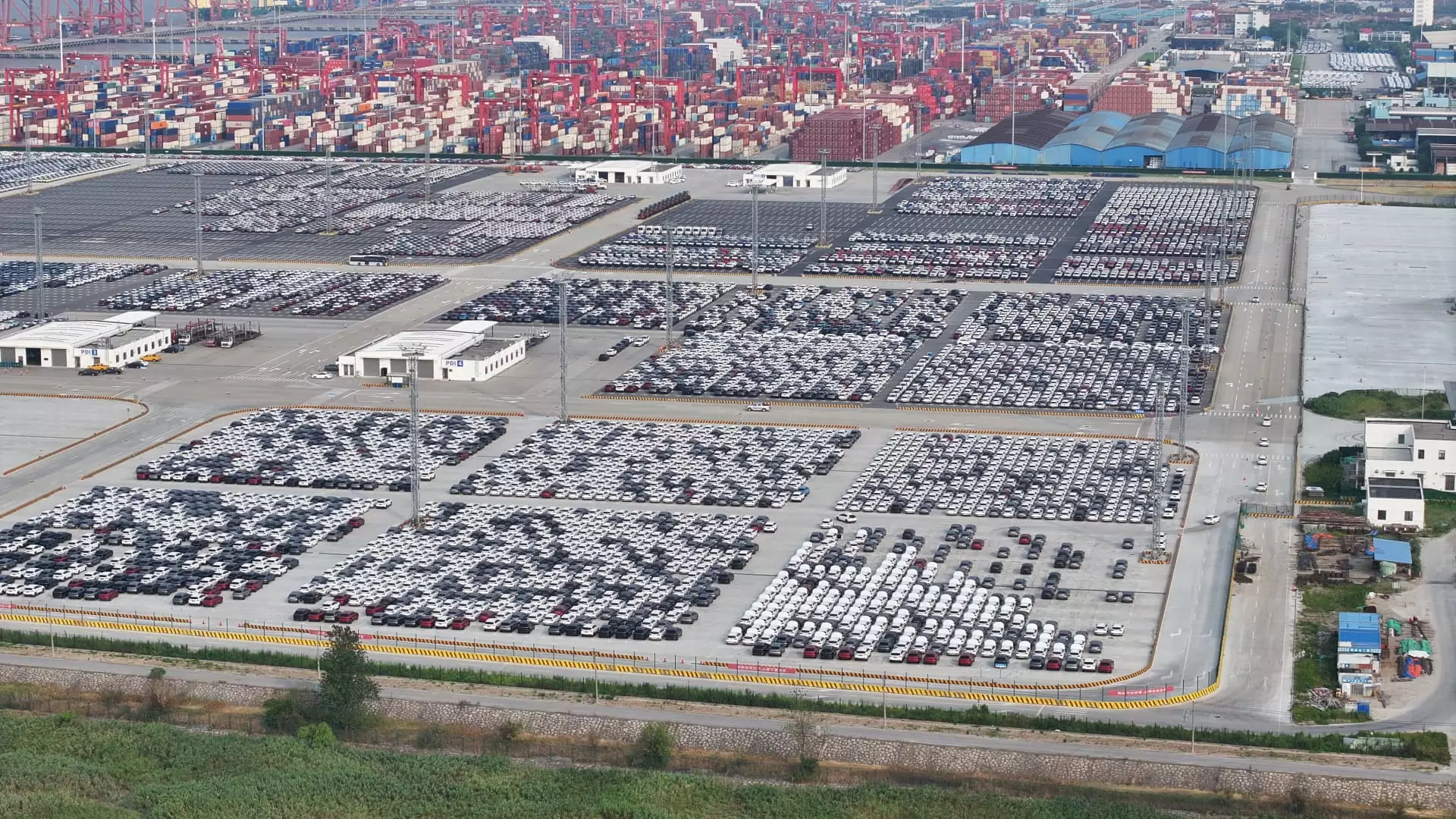China’s retail sales in July saw a growth of 2.7% from a year ago, surpassing the forecasted 2.6% increase. This indicates a promising trend in consumer spending, which is crucial for economic growth. The positive performance in retail sales shows resilience in the consumer sector despite other challenges.
On the other hand, industrial production only rose by 5.1% in July, lower than the expected 5.2% growth. This slight miss in the forecast suggests some slowdown in the industrial sector. Industrial production is a key indicator of economic health, and any weakness in this area could affect overall GDP growth.
Fixed asset investment for the first seven months of the year increased by 3.6%, falling short of the 3.9% growth predicted by analysts. This sluggish growth in investment could signal caution among businesses, possibly due to uncertainties in the economic environment. It is essential for fixed asset investment to pick up to drive economic expansion.
The data also shows a decline in real estate investment, with a drop of 10.2% year-to-date as of July. This negative trend in the real estate sector could have wider implications on the overall economy, as the property market is a significant driver of economic activity. Moreover, the slowdown in infrastructure and manufacturing components indicates broader challenges in key sectors.
The urban unemployment rate increased to 5.2% in July, up from 5% in June. This uptick in unemployment suggests a softening labor market, which could impact consumer confidence and spending. The rise in unemployment, especially among young people not in school, highlights the need for targeted policies to address job creation.
External and Domestic Pressures
The statistics bureau cited adverse effects from the external environment and insufficient domestic demand as factors affecting economic performance. The dual pressures from both international and domestic sources underline the complexity of managing economic growth. China needs to find a balance between global challenges and internal dynamics to sustain long-term development.
In response to the economic challenges, Chinese authorities have reaffirmed their commitment to achieving an annual growth target of around 5%. At the same time, they are focusing on developing new growth drivers such as advanced technology to drive future expansion. The government’s emphasis on long-term goals signals a strategic approach to economic development.
The National Development and Reform Commission highlighted the necessity of structural transformation for high-quality development. This transition process may involve short-term pains but is vital for long-term sustainability. China’s economy faces the dual challenge of adapting to structural changes while navigating external uncertainties.
China’s economic data for July 2021 paints a mixed picture of the country’s economic performance. While retail sales show resilience and consumer spending potential, other indicators like industrial production and fixed asset investment point to challenges ahead. The rise in unemployment and pressures from both external and internal factors call for strategic policy responses to sustain growth in the face of uncertainty. Structural transformation and the development of new growth drivers are essential for China to achieve high-quality and sustainable economic development.

Leave a Reply